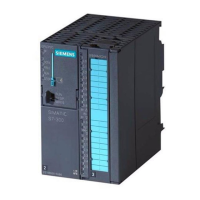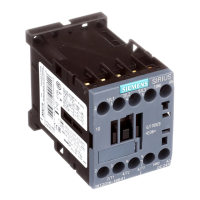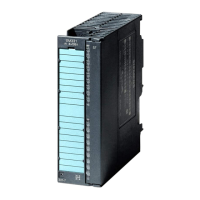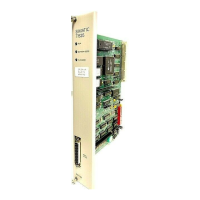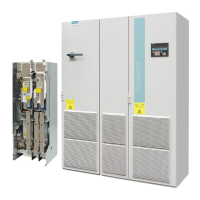ARC
74
Siemens Building Technologies
Fire Safety & Security Products 07.2009
13.4 Alarm Verification
Audio/video verification This parameter enables audio verification. A choice between the following types can also be made at
the same time.
Verification by callback For this, the alarm is first transmitted to the emergency telephone station and then a time window of
10 minutes is started. During these 10 minutes, the central control unit can be called up and an audio
verification performed. If no key on the telephone is actuated for longer than 2 minutes, the central
control unit terminates the communication. Any number of calls can be made during the 10-minute
time window. The control centre always picks up after the first ring regardless of the "number of rings"
parameters.
Direct verification In this case the alarm is transmitted to the emergency telephone station and directly afterpartitions
switched to audio verification. No interruption in the communication takes place. A time window can be
programmed for direct verification (0...120 seconds). This time window determines the time after
which the control centre terminates the communication without key operation. The 10 minutes time
window for the callback is also started and the control centre reacts as described above (callback).
Direct verification with DTMF Same as Direct verification and DTMF commands available.
Direct Audio and Video After an alarm, a call is sent to WITSMART. With a graphical user interface, it is possible to switch
between all available video and audio zones.
NOTE
The availability of the choices above depends on the selected protocol.
13.5 Listening in Time
Default 120 seconds Determines the time after which the control panel will close the communication without key operation.
13.6 Telephone Number
Receiver 1 & 2 tele-
phone numbers
Three telephone numbers can be programmed for the ARC’s.
Programming the telephone numbers with the keypad, follow this description:
If no telephone number is used, all the characters must be F.
The first character must always be a B (wait for dialing tone) or C (occupy line and wait 2 seconds). If neces-
sary, several Cs can be used.
z F = key @
z B = part set key
z C = full set key
z B and C can also be entered by pressing @ key several times.
Example:
If the Control panel is connected directly to the public telephone network B94873321 must be entered to
obtain the number 94.87.33.21. If, however, the Control panel is connected to the internal exchange call
number "0" through a private automatic branch exchange, C0B94873321 must be entered to obtain the
number 94.87.33.21.
Telephone number 1 First telephone number which will be dialed.
Telephone number 2 Second telephone number which will be dialed.
Telephone number 3 Third telephone number which will be dialed.
Dialling sequence The sequence of dialing attempts of telephone numbers depends on the programming of the transmission
inputs for Receiver 1 or Receiver 2 and the choice of backup transmission.
Steering buttons on the
telephone
z “Star” button to quit the information and stop the dialling process
z “0” button to hang up the connection

